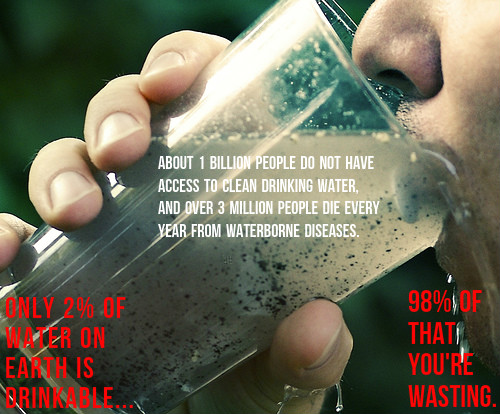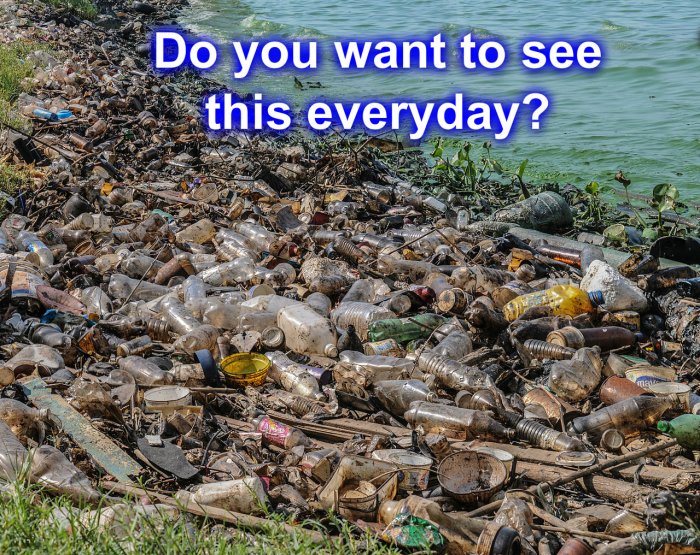

Water is one of the most abundant and necessary substances on earth. It is necessary for all life forms, and thus plays a key role in our world. Water not only covers over 70% of the Earth’s surface, but also makes up 50-75% of the human body. What’s important to us is freshwater—the water that is safe for us to drink. Freshwater provides water for drinking, sanitation, agriculture, transport, electricity generation and recreation. We cannot live without freshwater. Freshwater makes up only 2% of all water on Earth, and majority of that—say 98.8% of that water—is unattainable. This means that the majority of the water that we need to thrive and survive is stowed away in ice, groundwater, or deep within the Earth. While access to safe drinking water has greatly improved world-wide over the last decade, there is still approximately one-seventh of the entire world that still relies on unsafe drinking water. In addition to that, over 2.5 billion people still lack effective sanitation tactics, meaning they get their drinking water from wells or public tap. This is a serious problem. Dirty water is the world’s largest health risk, and threatens the quality of life and public health. When it rains or snows the water runs off roofs and roads into our rivers. During this run-off time, it picks up toxic chemicals, dirt, trash and disease-carrying organisms along the way. This makes unsafe drinking water which can result in symptoms ranging from unpleasant to sometimes fatal. Thus, a major contributor to unsafe drinking water—often by human accounts—is pollution. But, DON’T FRET! There are several things you can do to help prevent water contamination.
- AWARENESS! Educate people, do beach clean-ups, fight against factories that pollute our waters, and get familiar with the law (Clean Water Act; Safe Drinking Water Act) and enforce it!
- Don’t litter! Look for ways to recycle and correctly throw out waste.
- Use water with care. Don’t keep water running when not in use. Reduce consumption when cleaning and bathing. Buy environment friendly cleaning supplies.
- Never throw medicine or chemicals down the drain!
- Drive less and Use less plastic
It is now your job to do your part as a global citizen. Try to figure out which ways you can help. Remember: “Water is life. It’s vital. It supports the immense diversity of life on Earth. It’s a source of food, health and energy. Fresh water makes civilization possible. But fresh water, in turn, isn’t possible without a healthy planet — and human actions are putting a healthy planet at risk.” -Conservation International
BE A PART OF THE SOLUTION NOT POLLUTION.
WORKS CITED
Perlman, Howard. “The Water in You.” Water Properties: (Water Science for Schools). USGS, 27 July 2015. Web. 07 Dec. 2015.
“Conservation International.” Conservation International. Conservation International, 2014. Web. 07 Dec. 2015.
“Water.” Pollution Facts, Effects of Pollution, Clean Act. Natural Resources Defense Council, 2012. Web. 07 Dec. 2015.
Images:
http://www.eoearth.org/topics/view/51cbfc84f702fc2ba812bc31/
http://waterliberty.com/news/2014/10/20-water-pollution-facts-for-the-u-s-and-throughout-the-world/


